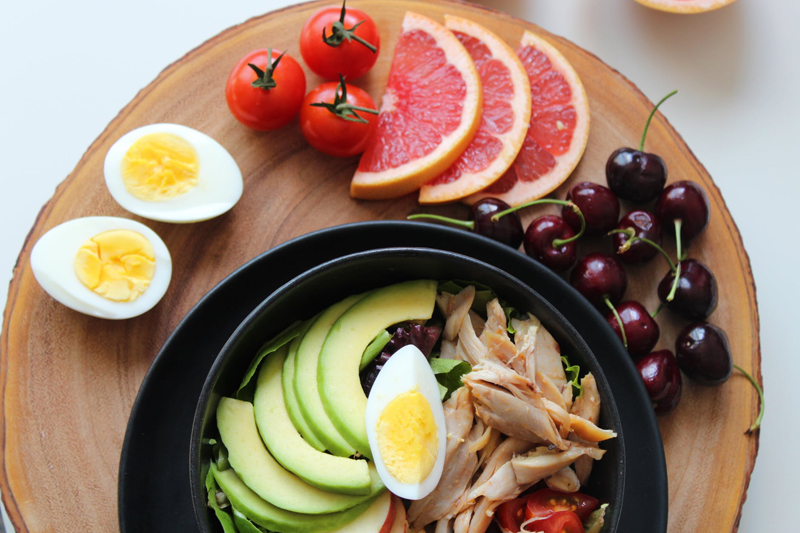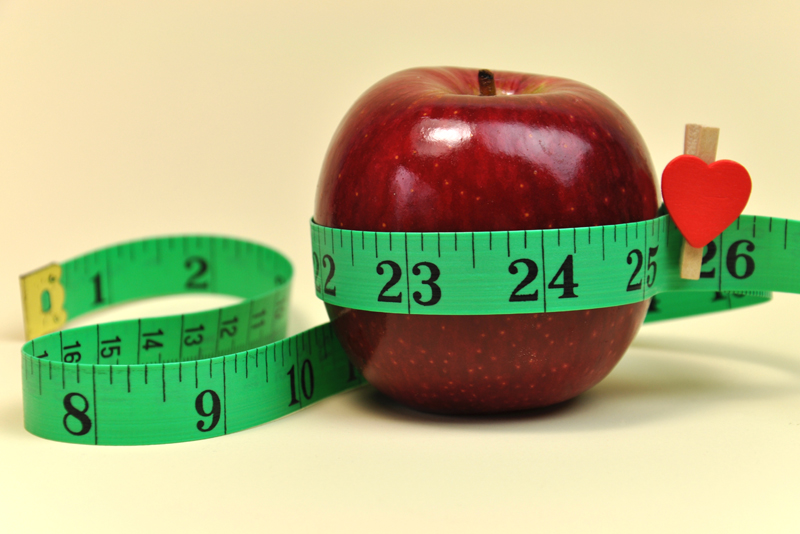Shallots Cooking and Substitutions

Many low carb and healthy cooking recipes call for the use of shallots. Just what are shallots? What are their nutritional recipes? How do you substitute for them?
 A shallot is in the category of onions and garlic. This plant grows underground. When it is dug up, it that underground part of the plant that you are eating.
A shallot is in the category of onions and garlic. This plant grows underground. When it is dug up, it that underground part of the plant that you are eating.
The plate that these three shallots are on is a saucer, the kind used for a teacup. So you get a sense of how small they are from that. They are between a garlic and a small onion in size.
When you look at a shallot, it's in a clove formation, like a head of garlic. There's an outer brownish skin on it, and you can pull apart the various cloves. You peel that outer skin off.
Then, inside, they are like little onions. They have layers within them that you could separate if you wished.
Shallots are often used in recipes in the same places that onions would be. They taste similar to an onion, but with a more mild flavor, almost a bit sweeter.
For example, I love chicken satay, and the marinating sauce we use to make chicken satay with is made with shallots rather than onions. It gives the dish a more gentle flavor than an onion would.
Most stores should keep their shallots in the same area that the onions and garlic heads are.
Sometimes it's impossible, despite your best efforts, to find shallots in your local stores. Not all stores carry shallots in them. So here is how you handle shallot substitutions.
 Shallot Substitutions
Shallot Substitutions
Some people substitute a straight onion to shallot substitution and deal with the slightly stronger flavor. Some will also add in a dash of garlic, to account for the slightly more flavorful aspects of the shallot.
Keep in mind that shallots are smaller than onions, so if a recipe calls for one shallot you wouldn't want to toss in an entire large onion to match it. You'd want to use perhaps a third of an onion for a shallot. If you can find a sweeter style of onion, plus a bit of garlic, that would get you the closest match.
Then, of course, you should talk with your store to get them to start carrying shallots for you :)
Shallot nutrition per 1 Tbsp -
7 calories
2g carbs
0g fat
0g protein

Lisa Shea's Library of Low Carb Books
 A shallot is in the category of onions and garlic. This plant grows underground. When it is dug up, it that underground part of the plant that you are eating.
A shallot is in the category of onions and garlic. This plant grows underground. When it is dug up, it that underground part of the plant that you are eating.The plate that these three shallots are on is a saucer, the kind used for a teacup. So you get a sense of how small they are from that. They are between a garlic and a small onion in size.
When you look at a shallot, it's in a clove formation, like a head of garlic. There's an outer brownish skin on it, and you can pull apart the various cloves. You peel that outer skin off.
Then, inside, they are like little onions. They have layers within them that you could separate if you wished.
Shallots are often used in recipes in the same places that onions would be. They taste similar to an onion, but with a more mild flavor, almost a bit sweeter.
For example, I love chicken satay, and the marinating sauce we use to make chicken satay with is made with shallots rather than onions. It gives the dish a more gentle flavor than an onion would.
Most stores should keep their shallots in the same area that the onions and garlic heads are.
Sometimes it's impossible, despite your best efforts, to find shallots in your local stores. Not all stores carry shallots in them. So here is how you handle shallot substitutions.
 Shallot Substitutions
Shallot SubstitutionsSome people substitute a straight onion to shallot substitution and deal with the slightly stronger flavor. Some will also add in a dash of garlic, to account for the slightly more flavorful aspects of the shallot.
Keep in mind that shallots are smaller than onions, so if a recipe calls for one shallot you wouldn't want to toss in an entire large onion to match it. You'd want to use perhaps a third of an onion for a shallot. If you can find a sweeter style of onion, plus a bit of garlic, that would get you the closest match.
Then, of course, you should talk with your store to get them to start carrying shallots for you :)
Shallot nutrition per 1 Tbsp -
7 calories
2g carbs
0g fat
0g protein

Lisa Shea's Library of Low Carb Books

Related Articles
Editor's Picks Articles
Top Ten Articles
Previous Features
Site Map
Follow @LisaLowCarb
Tweet
Content copyright © 2023 by Lisa Shea. All rights reserved.
This content was written by Lisa Shea. If you wish to use this content in any manner, you need written permission. Contact Lisa Shea for details.










